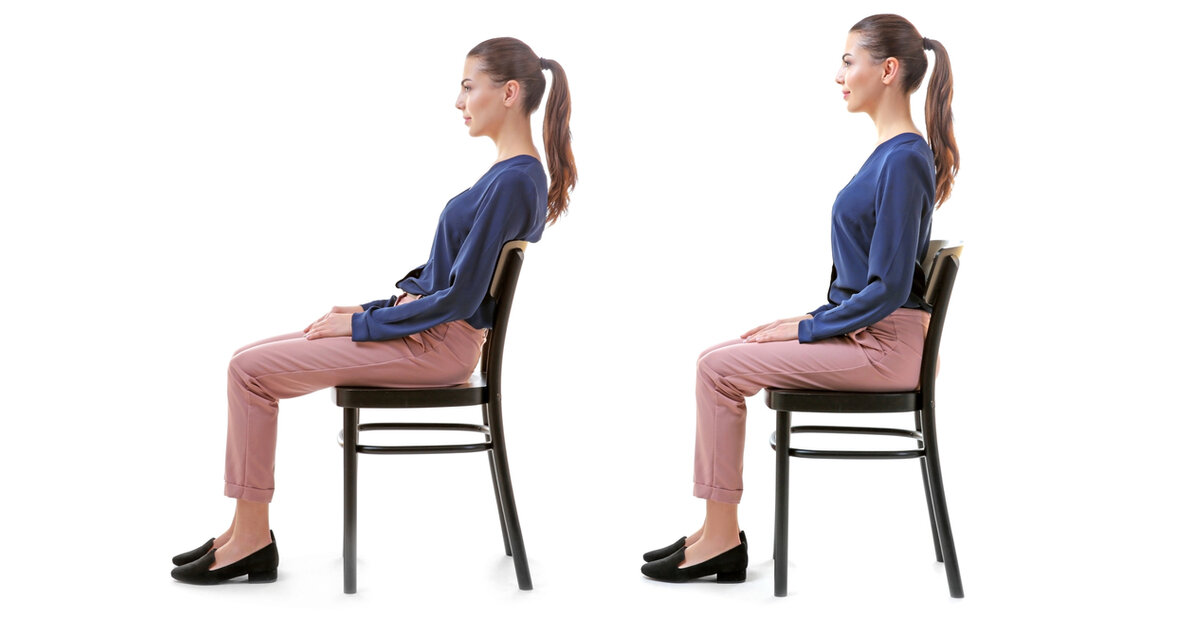Stand Up Straight! Why Good Posture Matters
The age-old advice “stop slouching” is something we’ve heard for most of our lives, starting from our parents to our teachers all the way into adulthood. While we may have rolled our eyes at first, posture actually impacts our health more than we realize.
Posture is tied to your balance, which affects how you move, the way your weight is distributed, your form during exercise and more. The simple act of getting out of bed, walking to your car or picking up a box requires balance. Most of us have unconsciously developed our posture habits and imbalances from a young age.
Good posture improves your balance and increases range of motion, which helps prevent injury and keep your body strong.
So, what does good posture look like exactly?
First, it’s important to understand there are two types of posture: dynamic and static. Dynamic posture is how you hold yourself when you’re moving, such as walking or running. Static posture is how you hold yourself when you’re not moving, such as sitting or sleeping.
Correct posture is all about the position of your spine. Your spine has three curves: at your neck, middle of your back, and lower back. Your goal should be to maintain these curves, but not lengthen them. To do this, keep your head above your shoulders and the top of your shoulder over your hips.
If you fall into the poor posture category, the good news is there are ways to improve it.
1. Make a list of habits that could be contributing to your imbalances
The first step to improving your posture is to learn why and where you’re off balance. What habits could be the culprit? Common habits include sleeping too much on one side, leaning too much on one side, sitting with your legs crossed, or carrying a heavy bag on the same shoulder.
As soon as you’ve identified the habits, you can integrate more stretching and strength-training workouts that address balance and posture.
2. Increase your muscle strength
The strength of your muscles impacts your balance in several different ways. Specifically, the muscles in your back and hips create a solid link between your upper and lower body. When these muscles are weak, it increases the chance you’ll slouch and bring your body out of balance. Also, strong muscles in your lower legs affect your balance while standing.
To increase your muscle strength, start incorporating more resistance training in your exercise routine. Unsure where to begin? For dumbbells, women can start with 5 to 10-pound weights and men can start with 10 to 20-pound weights.
3. Check your posture regularly
For example, when you’re working out, don’t forget to do a posture check in the mirror! Is your chin parallel to the floor? Are your shoulders even? Is your spine neutral?
Remember, no one has perfect balance, but by practicing good posture on a daily basis you’ll start to see a difference in several weeks!


